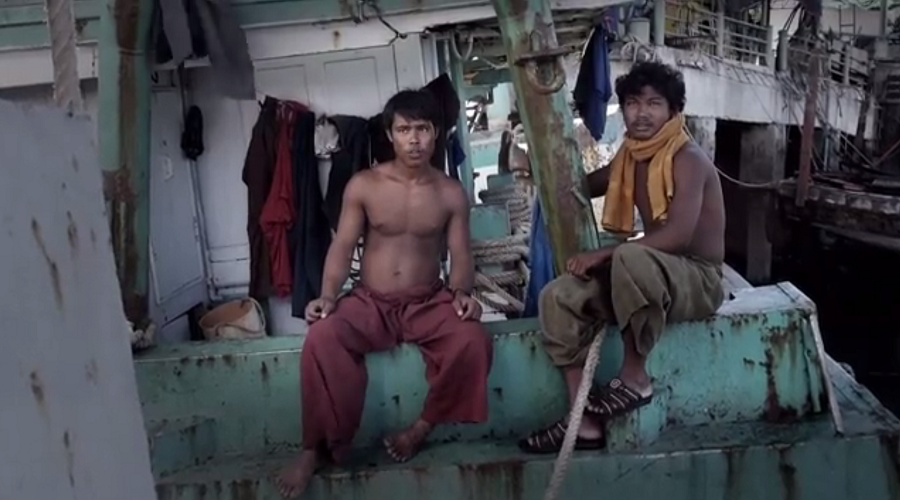Thanks to a recently launched partnership with the Walk Free Foundation, the Sea Around Us indicators section now includes the Global Slavery Index.
Thank you @SeaAroundUs for including @SlaveryIndex alongside data on fisheries & marine ecosystems https://t.co/bu9CV2yTEX @JessicaMeeuwig
— Fiona David (@fiona_david) August 1, 2017
From now on, users of our fisheries data can access the GSI with one click and retrieve information regarding the estimated prevalence, vulnerability and the likely government responses to modern slavery in 167 countries.
Overall, more than 45 million people are held in some form of slavery throughout the world today, and what is happening on fishing vessels and seafood processing facilities has become a major cause of concern. This is why the team at the Sea Around Us considered it crucial to offer the GSI data to our website users.
“Providing data and assessments on slavery and forced labour in as many countries as possible, is crucial for providing better insights into how fisheries operate,” says Dirk Zeller, Professor of Marine Conservation and Lead of the Sea Around Us – Indian Ocean at the University of Western Australia. “This knowledge, which is expertly assembled and disseminated by the Walk Free Foundation, can help all of us to combat modern slavery and improve the socioeconomics and dignity of people employed in fisheries in many countries”, he adds.
The Global Slavery Index has found that modern slavery related to the fishing industry takes place particularly in impoverished areas where unemployment is high and people are willing to work for meager wages.
In many such places, large fleets exploit marine resources to a point where catches begin to dwindle. When this happens, the costs of fishing tend to surpass the profits and, thus, many operators force their crews to continue working for them without pay or paying them very little. On top of this, many of these fishermen are held against their will and endure physical abuse such as excessive working hours, lack of food and sleep, and cramped and unsanitary living conditions.
“Modern slavery is another perverse subsidy of the fishing industry,” the Sea Around Us Principal Investigator, Daniel Pauly, says.
Slavery at sea, at the same time, can foster on-shore slavery. According to the GSI, when the primary wage-earner working on a fishing vessel is underpaid or not paid at all, his family can get trapped in a vicious cycle of exploitation just to get a little bit of income. “This might mean making children work instead of going to school and women perpetually taking jobs with inhumane working conditions,” Walk Free Foundation researcher Stella Freitag has written.
The Global Slavery Index uses a model of 24 variables that affect vulnerability to enslavement and cover political rights and safety, financial and health protections, protection for the most vulnerable and conflict.



